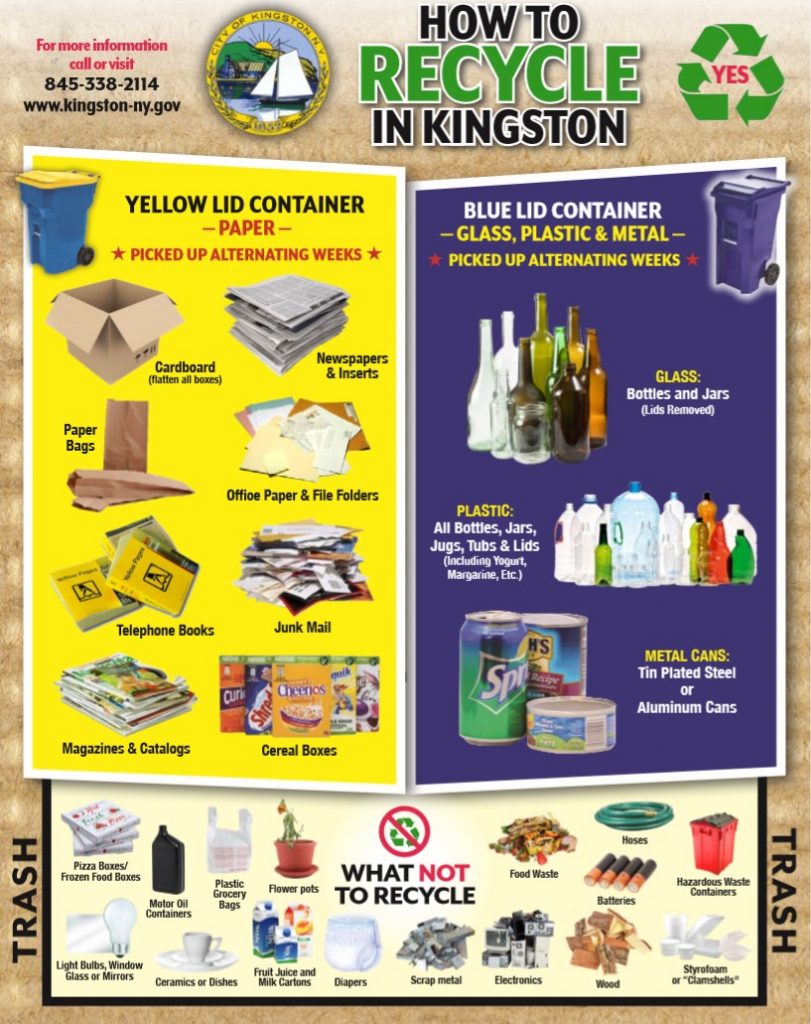Seoul Government Requests Suspension of Unsafe Children’s Products on Temu and AliExpress
Introduction
The Seoul city government has recently taken action against online retail giants Temu and AliExpress by requesting the suspension of sales for certain children’s products due to safety concerns. This move aligns with the Sustainable Development Goals (SDGs), particularly SDG 3 (Good Health and Well-being) and SDG 12 (Responsible Consumption and Production), emphasizing the importance of safe products and consumer protection.
Inspection Findings
- Seoul inspected 35 children’s products sold on Temu and AliExpress, including umbrellas, raincoats, and rain boots.
- 11 products failed to meet South Korea’s safety standards or contained hazardous substances exceeding local limits.
- Six umbrellas contained phthalate-based plasticizers at levels far exceeding safety standards, with some exceeding limits by up to 443.5 times.
- Two items contained lead at levels up to 27.7 times higher than acceptable local levels.
Health Risks and Safety Concerns
- Phthalate-based plasticizers are known to cause endocrine disorders.
- Lead exposure above safety limits can impair reproductive functions and increase cancer risk.
- Prolonged exposure to these harmful substances can negatively affect children’s growth and health.
Government Actions and Industry Response
- The Seoul government has requested online platforms to suspend sales of the non-compliant products.
- Retailers Temu and AliExpress have not yet responded to requests for comment.
- The government noted that these retailers have no legal obligation to comply with the request.
Context and Global Implications
- Chinese e-commerce platforms such as Shein, Temu, and AliExpress have rapidly gained global popularity by offering trendy, low-cost fashion and accessories, posing competition to major players like Amazon.
- This rapid growth has led to increased scrutiny over business practices and product safety worldwide, including in South Korea.
- Last year, women’s accessories sold by these platforms were found to contain toxic substances far above acceptable levels.
- The European Union has added Shein to its list of digital firms subject to stricter safety regulations to protect consumers, especially minors.
Alignment with Sustainable Development Goals (SDGs)
- SDG 3: Good Health and Well-being – Ensuring children’s products are free from harmful substances protects health and promotes well-being.
- SDG 12: Responsible Consumption and Production – Encouraging safer product standards and responsible business practices supports sustainable consumption.
- SDG 16: Peace, Justice, and Strong Institutions – Government oversight and regulatory measures enhance consumer protection and corporate accountability.
Conclusion
The Seoul city government’s proactive measures highlight the critical need for stringent safety standards in e-commerce, especially concerning children’s products. This initiative supports global efforts under the SDGs to promote health, safety, and responsible consumption, urging online retailers to prioritize consumer well-being and regulatory compliance.
1. Sustainable Development Goals (SDGs) Addressed or Connected
- SDG 3: Good Health and Well-being
- The article discusses the health risks posed by hazardous substances in children’s products, such as phthalate-based plasticizers and lead, which can affect growth, reproductive functions, and increase cancer risk.
- SDG 12: Responsible Consumption and Production
- The scrutiny over product safety and the call to suspend sales of non-compliant products relate to promoting sustainable consumption and ensuring products meet safety standards.
- SDG 16: Peace, Justice and Strong Institutions
- The issue of regulatory enforcement and the lack of legal obligation for online platforms to comply with safety requests touches on governance and institutional accountability.
2. Specific Targets Under Those SDGs
- SDG 3: Good Health and Well-being
- Target 3.9: By 2030, substantially reduce the number of deaths and illnesses from hazardous chemicals and air, water and soil pollution and contamination.
- SDG 12: Responsible Consumption and Production
- Target 12.4: By 2020, achieve the environmentally sound management of chemicals and all wastes throughout their life cycle, in accordance with agreed international frameworks, and significantly reduce their release to air, water and soil to minimize their adverse impacts on human health and the environment.
- Target 12.6: Encourage companies, especially large and transnational companies, to adopt sustainable practices and to integrate sustainability information into their reporting cycle.
- SDG 16: Peace, Justice and Strong Institutions
- Target 16.6: Develop effective, accountable and transparent institutions at all levels.
3. Indicators Mentioned or Implied to Measure Progress
- Indicator for Target 3.9
- Number of deaths and illnesses from hazardous chemicals exposure (implied by the focus on harmful substances exceeding safety limits in children’s products).
- Indicator for Target 12.4
- Proportion of chemicals and hazardous waste managed in a way that minimizes adverse impacts on human health and the environment (implied by inspection results and product compliance with safety standards).
- Indicator for Target 12.6
- Number of companies publishing sustainability reports or complying with safety regulations (implied by the request for online platforms to suspend sales and scrutiny of business practices).
- Indicator for Target 16.6
- Existence and enforcement of regulations and policies to ensure product safety (implied by the Seoul city government’s inspection and request to suspend sales, despite lack of legal obligation).
4. Table: SDGs, Targets and Indicators
| SDGs | Targets | Indicators |
|---|---|---|
| SDG 3: Good Health and Well-being | Target 3.9: Reduce deaths and illnesses from hazardous chemicals and pollution by 2030. | Number of deaths and illnesses from hazardous chemicals exposure. |
| SDG 12: Responsible Consumption and Production |
Target 12.4: Environmentally sound management of chemicals and wastes. Target 12.6: Encourage companies to adopt sustainable practices. |
Proportion of chemicals and hazardous waste managed to minimize adverse impacts. Number of companies complying with safety regulations and sustainability reporting. |
| SDG 16: Peace, Justice and Strong Institutions | Target 16.6: Develop effective, accountable and transparent institutions. | Existence and enforcement of regulations and policies ensuring product safety. |
Source: fortune.com







